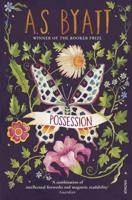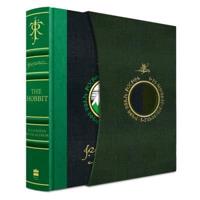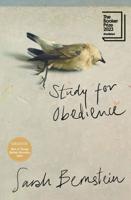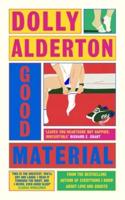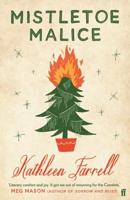Publisher's Synopsis
Herland is a utopian novel from 1915, written by feminist Charlotte Perkins Gilman. The book describes an isolated society composed entirely of women, who reproduce via parthenogenesis (asexual reproduction). The result is an ideal social order: free of war, conflict, and domination. It first appeared as a serial in The Forerunner, a magazine edited and written by Gilman between 1909 and 1916. The book is the middle volume in her utopian trilogy; it was preceded by Moving the Mountain (1911), and followed with a sequel, With Her in Ourland (1916). It was not published in book form until 1979. PLOT: The story is told from the perspective of Vandyck "Van" Jennings, a student of sociology who, along with two friends (Terry O. Nicholson and Jeff Margrave), forms an expedition party to explore an area of uncharted land where it is rumored lives a society consisting entirely of women. The three friends do not entirely believe the rumors because they are unable to think of a way how human reproduction could occur without males. The men speculate about what a society of women would be like, each guessing differently based on the stereotype of women which he holds most dear: Jeff regarding women as things to be served and protected; Terry viewing them as things to be conquered and won.[1] When the explorers reach their destination, they proceed with caution, hiding the biplane they arrive in, and trying to keep themselves hidden in the forests that border the land. They are quickly found by three young women who they realize are observing them from the treetops. After attempting to catch the girls with trickery, the men end up chasing the young women towards a town or village. The women outrun them easily and disappear among the houses, which, Van notes are exceptionally well made and attractive. After meeting the first inhabitants of this new land (which Van names Herland) the men proceed more cautiously, noting that the girls they met were strong, agile, and completely unafraid. Their caution is warranted because as the men enter the town where the girls disappeared, they become surrounded by a large group of women who march them towards an official looking building. The three men attempt an escape but are swiftly and easily overpowered by the large group of women and eventually anesthetized. The men awake to find themselves held captive in a fortress-like building. They are given comfortable living accommodations, clean clothes, and food. The women assign each man a tutor who teaches the men their language. Van makes many notes about the new country and people, commenting that everything from their clothing to their furniture seems to be made with the twin ideals of pragmatism and aesthetics given equal consideration. The women themselves appear intelligent and astute, unafraid and patient, with a notable lack of temper and seemingly limitless understanding for their captives. The women are keen to learn about the world outside and question the men eagerly about all manner of things. Often Van finds himself having difficulty justifying the practices of his own society such as the milking of cows, and the keeping of property, when faced with the apparent utopia the women have managed to build.... Charlotte Perkins Gilman ( also Charlotte Perkins Stetson (July 3, 1860 - August 17, 1935), was a prominent American feminist, sociologist, novelist, writer of short stories, poetry, and nonfiction, and a lecturer for social reform. She was a utopian feminist and served as a role model for future generations of feminists because of her unorthodox concepts and lifestyle. Her best remembered work today is her semi-autobiographical short story "The Yellow Wallpaper" which she wrote after a severe bout of postpartum psychosis......


